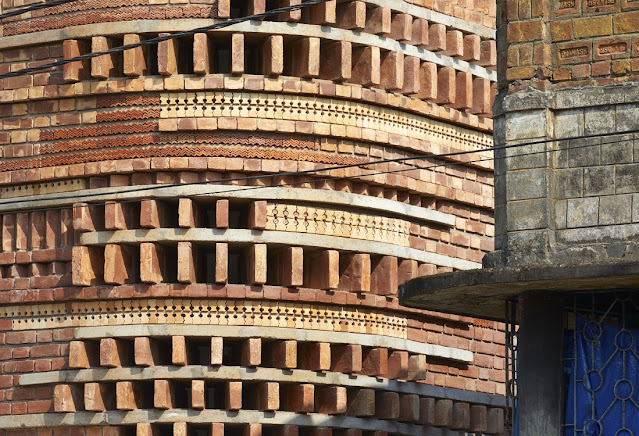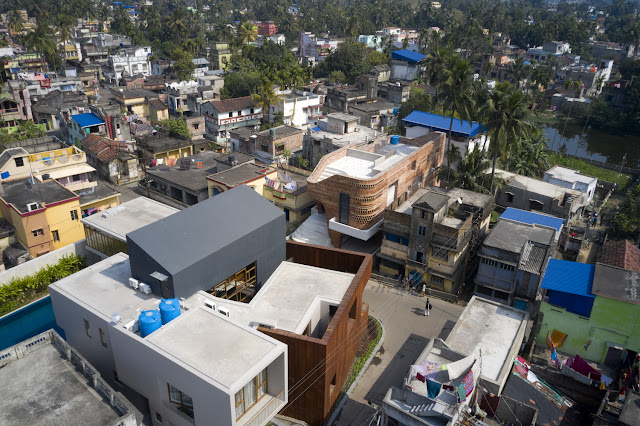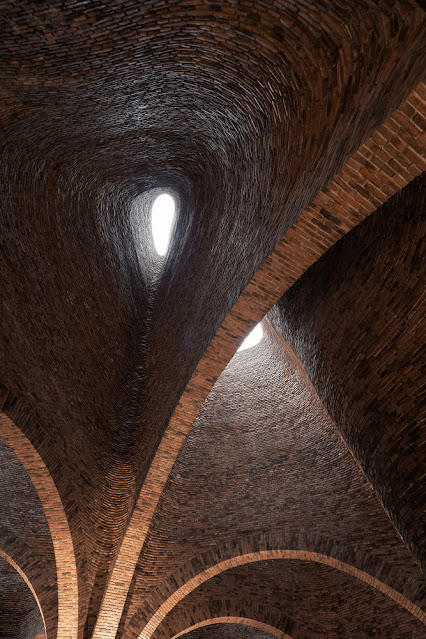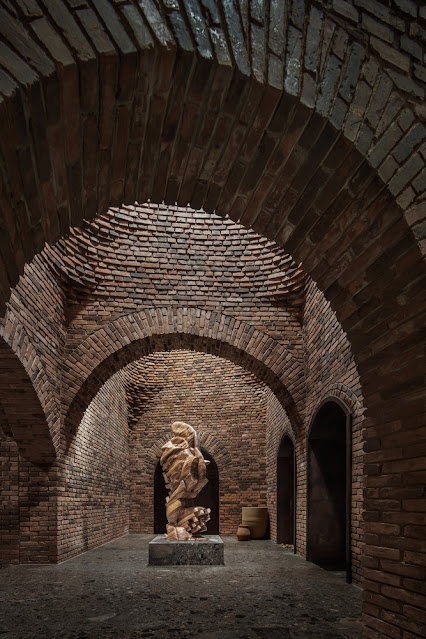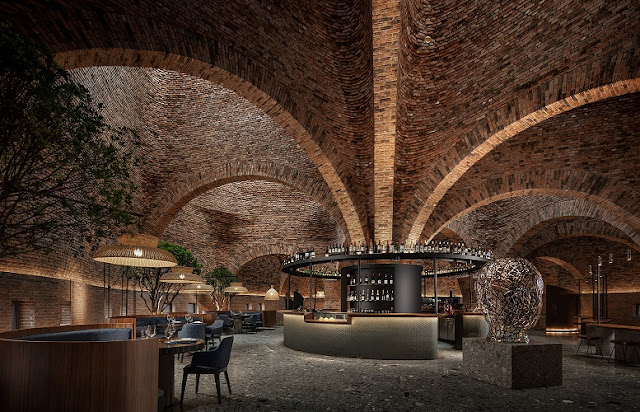 |
| Train stations were swamped by people rushing back to their villages to celebrate Chinese New Year before Covid-19 times. |
Before the pandemic hits, the biggest annual human migration happened in
China every year during the Chinese New Year period when billions of Chinese
citizens returning to their home villages from the major cities. This year due
to signs of outbreaks from Hebei to Heilongjiang in the north, provincial
authorities are trying to control the spread by curtailing travel in the
festive season.
The plan by provincial cadres, who are urging migrant workers to
“remain in cities, stay in work,” is aimed at reducing transmissions of the
virus while boosting the economy at the same time.
Authorities are still fighting hard to flatten the spikes in
infections, more than two weeks after China was hit by Covid-19 outbreak since
early this year.
The spread of the coronavirus in rural areas of two provinces of Hebei
and Heilongjiang had been under the watch of authorities for weeks until the
pathogen crept into cities and provincial capitals. This week the outbreaks
have pushed China’s nationwide tally of daily new cases to above 100, the
highest in the past nine months after Beijing lifted the lockdown on Wuhan.
The National Health Commission (NHC) reported 103 fresh cases across
the country in the past 24 hours to Friday morning.
Most of these cases were identified in repeated rounds of aggressive
testing in Hebei, Heilongjiang and Jilin. The case identification system of China
is different from other countries in that they do not count asymptomatic
carriers as confirmed cases, a practice that has left the NHC open to criticism
as the West continues to accuse China of manipulating the official figures
released to the public.
The NHC’s nationwide map tracking infections on Friday red-flagged
Beijing’s Daxing district, home to the capital’s sprawling new airport, and two
districts in Hebei’s provincial capital of Shijiazhuang as Covid high-risk
areas where the strictest lockdowns and entry and exit bans apply.
Three other smaller cities across Hebei, Heilongjiang and Jilin are
also classified as hot spots of the virus. Provinces and municipalities are
directed to share information and coordinate measures to curtail long-distance
trips by migrant workers and others to avoid a nationwide travel rush in the
run-up to the Chinese New Year celebration in February.
Chinese migrant workers who are planning to go home to the countryside
have to first obtain negative test results before their trips or they risk
being fined or detained.
The new rules stipulate that, after getting back to their rural homes,
they will also have to undergo 14 days of “soft quarantine” with no
interactions with anyone outside their families or households.
Police will be mobilized and dispatched to villages and towns to
enforce monitoring and to catch anyone breaking the rules.
These measures are necessary to stem the virus from spreading into
China’s vast rural areas which are poorly-funded to manage disease control.
Hospitals and clinics in Guangzhou, Shenzhen and other major cities in
southern Guangdong province have been swamped by migrant workers for testing since
Thursday.
They need their negative test results to book train tickets home. The
growing hoards have sparked fears of infections and local police are forced to
implement crowd control measures.
More than 30 million workers from other parts of China are employed by
factories in Guangdong and many are eager to go home in the Lunar New Year. That
amount of people is more than the entire population of Australia!
In a desperate move to discourage people from travelling, railway
operators and airlines like China Southern and Shenzhen Airlines are asked to
slash departures from Guangzhou and Shenzhen. Both carriers have cancelled most
flights to Beijing and Shijiazhuang. China Railway Corp’s Guangzhou branch has
also rescheduled departures to make fewer seats available.
Governments and employers in Guangdong, Zhejiang, Jiangsu and other
coastal provinces are also doling out aid and incentives to lure workers to
stay, with a whole range of giveaways, coupons and even cash handouts of up to
thousands of yuan on offer.
Other incentives to encourage people to stay put in the major cities
are free rides on public transport, free admission to local tourist attractions
as well as a lucky draw with prizes which includes luxury sedans and iPhones
etc.
The latest “remain in city, stay in work” campaign is expected to
generate more growth for the Chinese economy, with machinery humming and giveaway
coupons encouraging increase of consumption.
China’s GDP is projected to grow as much as 7% in January and February
2021. In the final quarter of 2020, China’s economy expanded by 6.5%, highest
in the pandemic hit world!

































